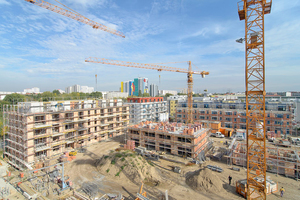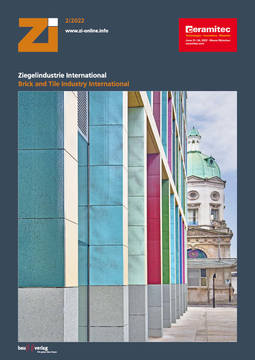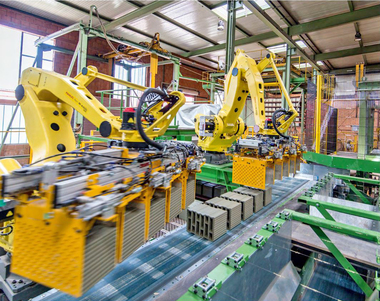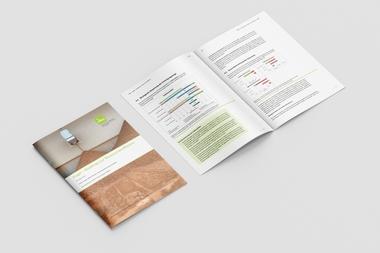Ready for climate-friendly newbuild campaign
The brick and tile industry can be relied on as a motor for economic growth – that was demonstrated yet again in 2021. Less reliable proved the global supply chains. An overall very volatile construction materials market and diverse supply bottlenecks were the consequence. Thanks to the regional value creation chains, the brick and tile industry was able to meet its orders on schedule. Towards the end of the year, however, stocks of roofing tiles and later masonry bricks had been depleted. One reason for this is the ongoing high demand for affordable homes. After all, every third home is built in brick.
For housing construction and climate protection, a crucial political course has been set. In the coalition agreement, the new German government has set itself the goal of launching a climate-friendly newbuild campaign. That is the right way forward, as there is still a shortage of affordable homes. Building is therefore seen as part of the solution – as testified by the announcement of plans to build 400 000 homes per year. This ambitious goal cannot, however, be achieved with a one-sided building and building materials policy. The recently experienced supply bottlenecks and price fluctuations show: If you stake everything on one card, you have already lost. For us, it is clear that being open to different technologies is the key to a functioning transition in construction.
Enormous transformation
The German brick and tile industry is working continuously on the reduction of production-related CO2 emissions. With the roadmap to greenhouse gas neutrality, strategies and solutions exist for achieving climate-neutral brick production. Its realization entails an enormous transformation for our entire industry. This can only be successful if industry and policymakers all pull together. Initial approaches in the coalition agreement, like super allowances for investments in climate protection, carbon contracts for difference and accelerated approval procedures appear promising. Moreover, the brick and tile industry needs supply reliability. Almost weekly new records for electricity and gas prices hinder planning and investment into more energy-efficient, sustainable and competitive production processes. It is right that the new German government should be more committed to green energy resources. But until sufficiently affordable green power and hydrogen are available, there are no alternatives to natural gas as a fuel at the present time in Germany as a centre for industry and it must be taken into consideration as a bridging technology in decision processes.
Besides production and construction issues, the subject of conserving resources will be another focus in our industry in 2022. After all, the potential of brick recycling has not been exhausted by a long way yet. Clay bricks and tiles are recyclable and already integrated in various material cycles. In addition, recycled bricks are used to substitute raw materials in brick production, as aggregate in road and sports ground construction, as substrate in horticulture as well as a component in recycled concrete. However, these are generally isolated, complex processes. A nationwide functioning recycling economy, which will be essential to achieve ambitious climate goals, is currently more wishful thinking than reality. Our goal is to build up sustainable and competitive recycling structures. For this, we shall intensify dialogue with all interested partners.







